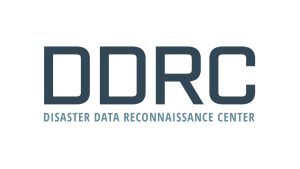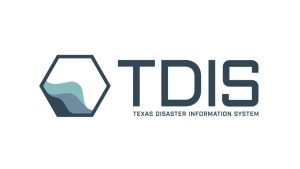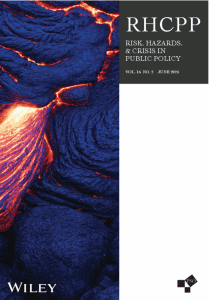Article Abstract: This study explores public policy preferences to address infrastructure vulnerabilities and enhance resilience in the face of natural hazards. Our framework emphasizes the role of government responsibility to design and enact policy alternatives. We also account for common factors like risk perceptions, knowledge of the threats, the conditions of local infrastructure and political partisanship. We test our model with survey data from Texas focusing on infrastructure resilience and natural hazards. The findings demonstrate that views of the government’s role are by far the most crucial factor in explaining and predicting policy support. Risk perceptions and factual knowledge also play an important role in explaining the variations in citizens’ attitudes. Lastly, we find that political preferences have a more nuanced effect and are likely to be important under certain conditions, but not for any proposed government policy. The results of this study extend existing knowledge of the factors that determine policy preferences to promote hazard resilient critical infrastructure. Considering the essential role of infrastructure systems for citizens’ daily lives, and especially during hazard events, researchers and policymakers can build on these insights in the design and implementation of solutions to enhance infrastructure resilience versus the growing risks from natural disasters.





